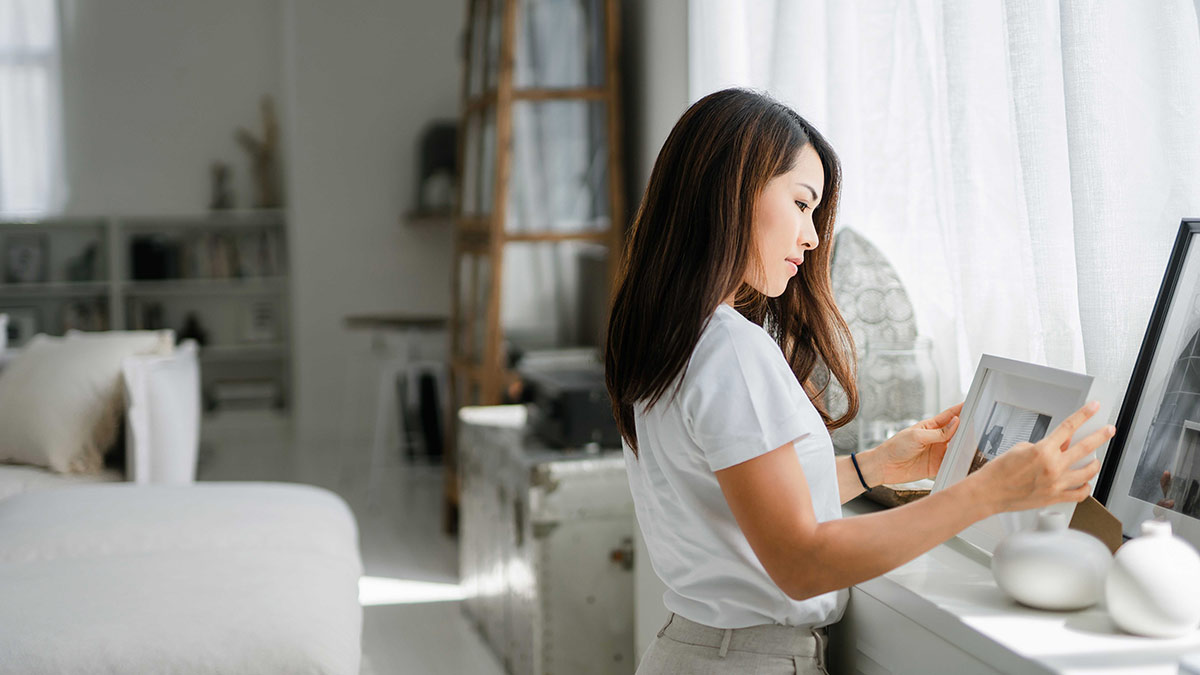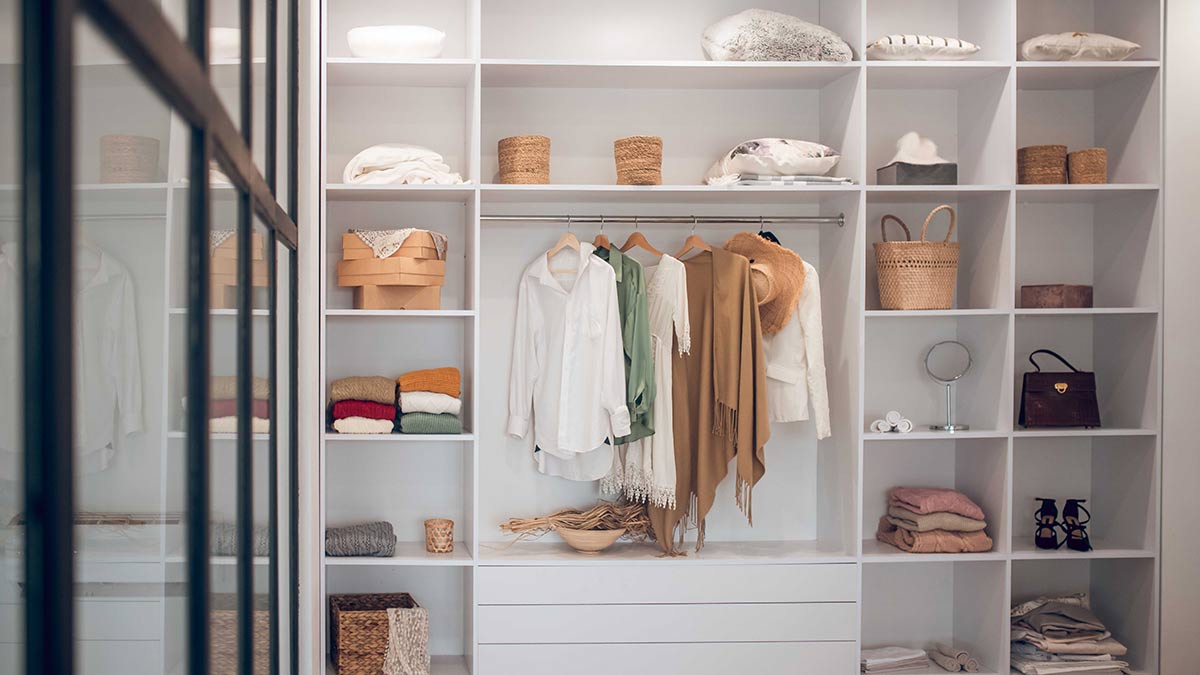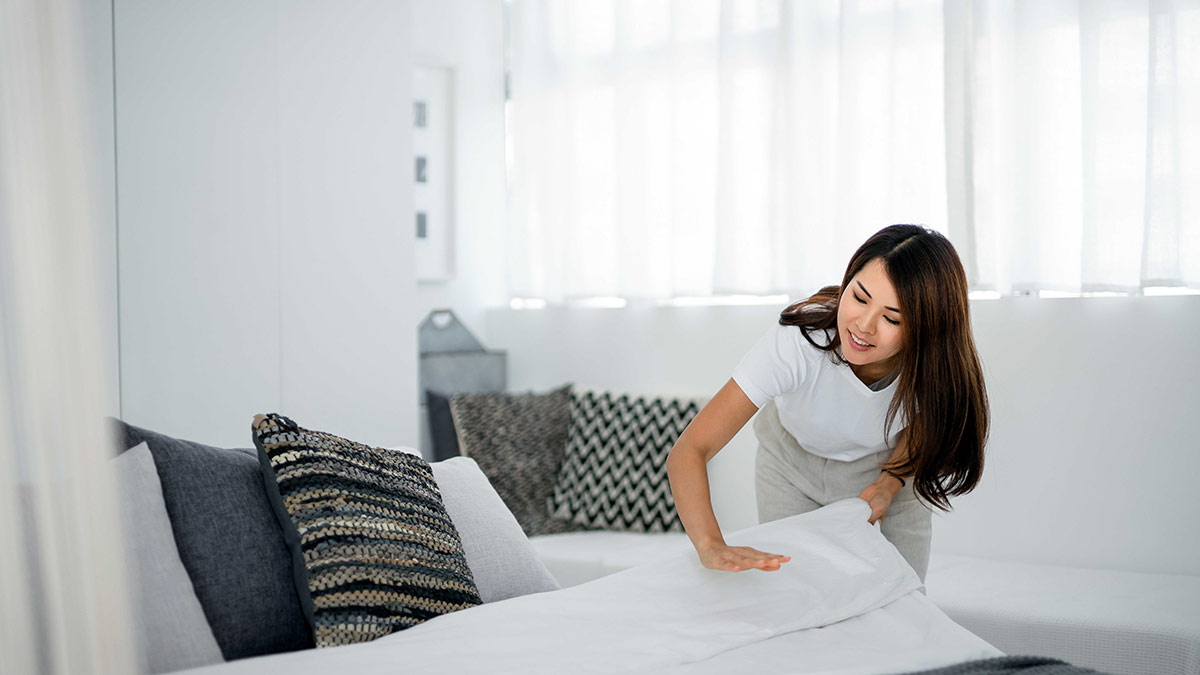Spring has sprung, meaning it’s time to clean your house. Check out these handy tips, tricks, and tutorials to get your home looking brand new in no time.
How to style your home like a professional

Get your house ready for sale with these savvy interior styling tips.
If you’re thinking about selling your house, then it’s time to start looking at how to best present your property for sale.
Clever decorating tricks can help bring out a home’s strengths and give potential buyers a better indication of room size. A well-styled room can also help paint a picture of how different spaces can be used.
The first impression potential buyers have of your property is through photos, and this is where good styling can make all the difference.
The photos taken for your real-estate campaign are really the first point of contact with a potential buyer. Once your house is looking pristine for the photos try to keep it that way for the property inspections.
Here are a few handy tips to get you started and help you style your home like a professional.





